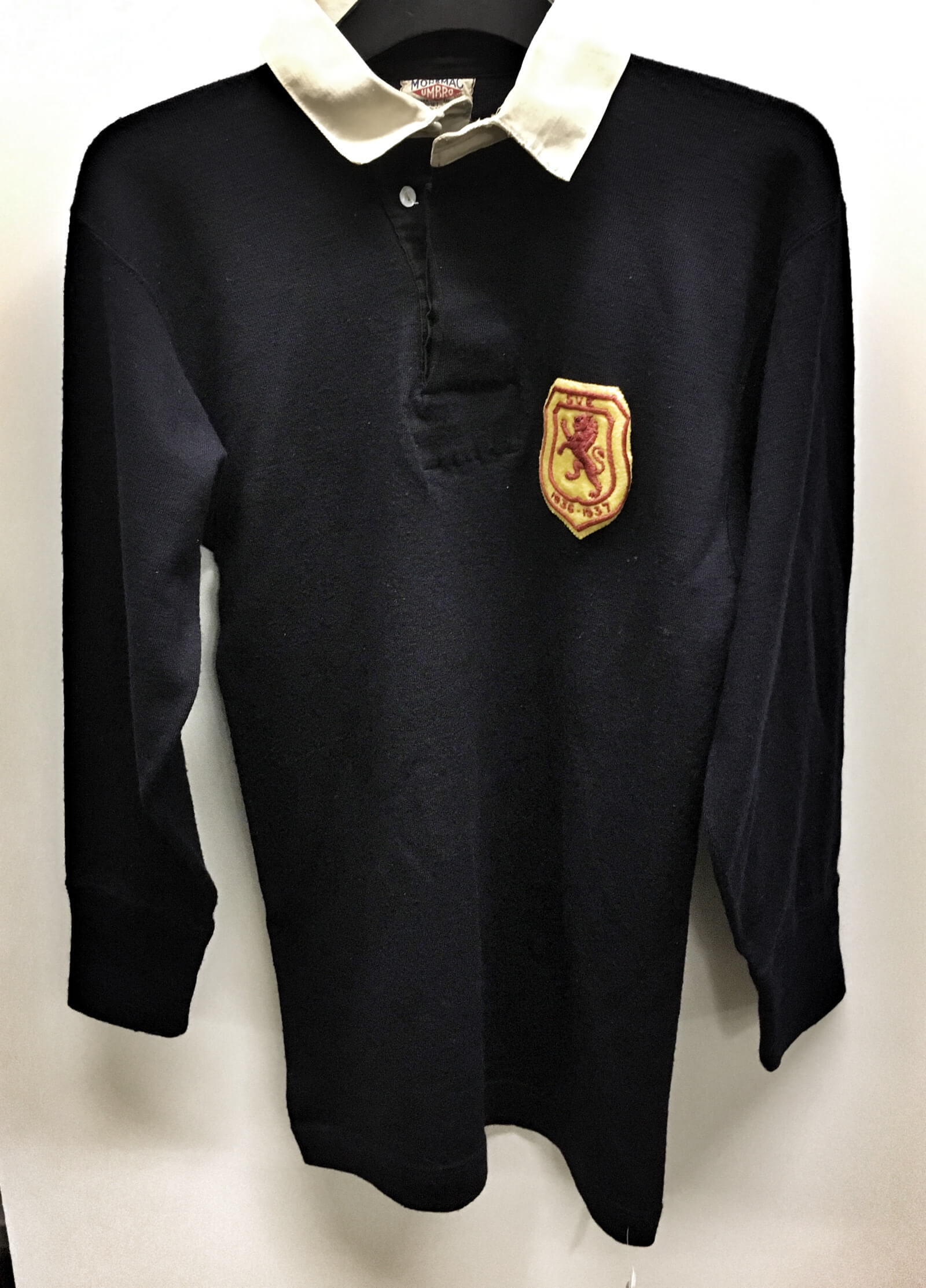One Packed Afternoon at Hampden
Since the site of Hampden Park was attained by Queen’s Park in 1903, major football matches and events have taken place in Mount Florida. There have been years of large crowds in the south-side of Glasgow, yet, none any greater, anywhere else in Europe nor even in the world at that time, than the record-breaking 149,415 fans who paid to watch an Auld Enemy British Championship clash.
Because of previous hazards that entailed in the 1933 and 1935 Scotland v England clashes at Hampden, the Scottish FA had decided this match against England was to be an all ticket event; making it the first ever ticketing international ever organised in Scotland.
Previously, the record Hampden attendance had been set in 1933 when 136,250 spectators crammed in to see Scotland beat England 2-1. The ground had changed since then, however, including a new North Stand which would accommodate 4,500 people. This meant that the official crowd limit for the National stadium had been increased to 150,000.
The mass excitement could be felt in the city despite heavy rain falling all morning. Many of the supporters took the advice of the authorities to get to the ground early, but this did not help with the inevitable late surge arriving just before the kick-off. Within such a large crowd there was still enough room to move about down the front, though many liked to be standing up at the back. A reported 46 people fainted and the figure would have been much higher should it have been a warmer Glasgow day.

Above: The crowds gather at Hampden.
The Hampden Roar was fierce in reputation during this time. Influential English footballers, like Raich Carter of Sunderland, would admit to being intimidated and alarmed whenever Hampden roared. Ten years had passed since England last won at Hampden, though the quality shown by the men in white in the first half, despite having the biggest home support present, created a nervous feeling around the Hampden bowl. Right from the first whistle the English defenders were gunning for Scotland’s quick and small players- Jimmy Delaney being the number one target. Tommy Walker and Bob McPhail were also victims of nasty lunges.
Stanley Matthews of Stoke City was making life difficult for the Scots on the right wing while Scotland had a goal chalked off for mysterious reasons. It was shortly after that England went 1-0 ahead. Freddie Steele who picked up a pass found himself free as the Scotland defence switched off- shooting low pass Jerry Dawson. 1-0 the score at Half-time.
Scotland now shooting in the King’s Park end in the second half managed to level the game. The goal came after fine work from Alex Massie of Aston Villa who passed the ball to his ex-Hearts team mate Tommy Walker, who indulged in one of his own dribbles which finished almost at the goal-line; he then coolly pushed the ball in square for O’Donnell, who had not been the power he can be, to score from close range. The play, the momentum and the roar from the crowd drove Scotland towards a famous, momentous win.

Above: Jimmy Delaney attempts to win the ball.
England’s defenders were tiring which was mainly down to the great Bob McPhail, pointing, gesticulating, and demanding the ball; inspiring his team-mates around him. The away side were also finding Walker of Hearts hard to deal with. Tough tackles flew in left right and centre, one in fact led to Scotland to score from one of the resulted free-kicks. It was after 35 minutes their second goal came. Delaney swung the ball over and the English defence seemed to misjudge its flight. At any rate, Duncan received it unmarked. He returned it to the centre, O’Donnell met it, there was a momentary confusion, and McPhail was able to shoot through- unleashing a tidal wave of joy and jubilation on the terracing behind.
If the Scotland support thought that goal was good then things were to get a whole lot better. It seemed that after the goal the Scottish players believed the old maxim that the best form of defence is attack. In the two minutes that remained England gave away more fouls due to the intense pressure being orchestrated by the men in navy blue. McPhail’s second, once again, came from a free-kick. Delaney proved to be key, for his early jump took the keeper and defender with him, allowing the ball to fly over him to the head of McPhail.
Those who listened to the radio commentary could not hear any words from the commentator but they knew what had happened as indeed did most of Glasgow. Those who celebrated late into the evening of Saturday 17th April 1937 couldn’t possibly imagine how many momentous events, disastrous and calamitous would engulf the world before they could enjoy another carefree, after-match celebration following a visit by England to the national stadium.
Indeed, the attendance that day was recorded as 149,415 though some sources report it to be 149,547 which some say includes complimentary tickets, press box attendees and the police. Not only would this be the highest crowd recorded at Hampden Park, but the largest crowd to watch a European international football fixture. Interestingly, this figure is only counting the people present in the ground; not including those able to be lifted over the turnstiles by parents or guardians. It is, therefore, factual matter that the record crowd is actually higher. Regardless if the crowd was 149,000, 155,000 or 160,000, the ‘very few’ people present would be thankful they were able to see Scotland victorious in a great footballing match against England in the spring of 1937, for England would not lose again in Scotland for 25 years.

Above: Jimmy Delaney’s match worn jersey from the match is located in the Museum’s store.
Book your place
Discover a national football collection to educate and inspire future generations.
Book online or call us today on 0141 616 6139.
Tickets from £8
Tours from 45 minutes




